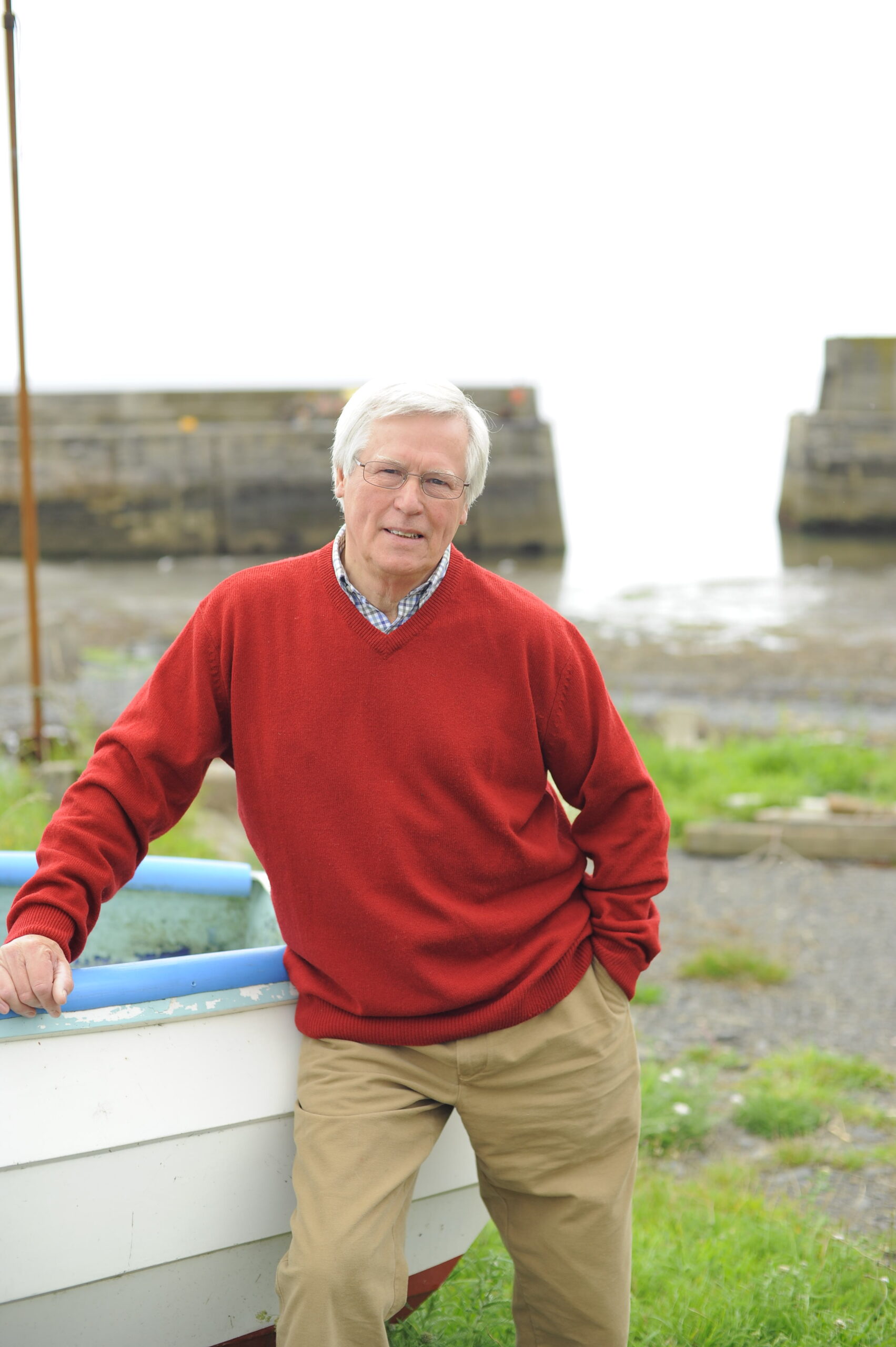Bison roaming wild in a Kent woodland and curly-coated pigs rooting in the open grasslands of Dorset are playing vital roles in returning two areas of countryside to the way they were thousands of years ago. It is a spectacular ‘take’ on the concept of rewilding.
The two separate schemes – at Wild Blean woods near Canterbury and at England’s first super-sized national nature reserve (NNR) on Dorset’s Purbeck Heaths – have a common purpose: using livestock to mimic the behaviour of their wild ancestors and transform the landscape.
Both projects have recruited pigs (Mangalitsa in Devon, Iron-Age in Kent) that are the nearest thing to wild boars, Exmoor ponies and cattle (long horn in Kent, Red Devon in Dorset). They have been put to work as ‘ecosystem engineers’: through their natural behaviour they create the conditions for other wildlife to thrive.
Woodland is opened to light, soil is disturbed to benefit flora and invertebrates, and grassland becomes wildlife havens. On Purbeck Heaths (scene of this year’s Springwatch), the National Trust and partners are establishing 1,370 hectares of open ‘savannah’ on the reserve.
“We’re discovering that by letting them get on with their own thing as much as possible, our grazing animals explore new habitats and discover different types of vegetation to eat, which helps create a more dynamic and complex ecosystem,” says ecologist David Brown.
“Cattle are untidy eaters, leaving messy tussocks perfect for insects; pigs turn the soil and help sand lizards burrow and ponies nibble lightly to the ground creating grassland lawns full of specialist flowers, such as storksbill and waxcap fungi.” As a result, wildlife is moving more freely across the whole super NNR and the pigs have surprised everyone by creating new ponds by wallowing, and opening new areas of saltmarsh by foraging for shellfish!
At the smaller-scale Wild Blean project, run by Kent Wildlife Trust and Wildwood Trust, I went in search of their European bison – without success. Perhaps that is how it should be, because they are wild animals, the first free-roaming bison in the UK since the species became extinct around 12,000 years ago. Soon they will become even more elusive as their 50 hectares of forest is increased to 200.
Already they are global stars, thanks to Leonardo DiCaprio. When a calf was born unexpectedly in the four-strong herd, the Hollywood A-lister, who has taken a keen interest in the Kent bison, posted the news to his followers. It went viral.
With their sheer heft, the bison barge through woodland, opening it up naturally by breaking down trees and churning up the ground. It may seem like vandalism but it’s returning the ecosystem to the time before humans interfered.
Bison are classed as dangerous, so fencing keeps them away from the site’s public footpaths. But plans have been approved for ‘bison bridges’ along the paths, so the animals can pass underneath and walkers can get an elevated view of them from the top of the bridges. If they’re lucky!
I’m really impressed by the pioneering projects at Wild Blean and Purbeck Heaths. Already they have become blueprints for the natural safeguarding of some of our ever-diminishing wildlife.
